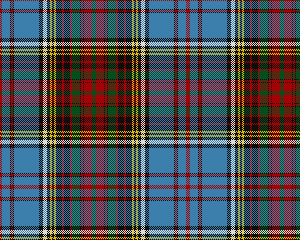top of page
top
The Pretenders - Kissing Cousins and Rank Imposters
The Tartan Wars - Do stripes, checks, and other patterns make you dizzy?
What really is the difference between plaid and a tartan?
Nothing much, if you go by the ideas of illustrators for Scottish-themed Romantic Fiction.
However, for those more discerning who want the exact definitions, here's the roundup of various patterns that you might come across. Don't be fooled!
Click on the pictures for more detail if any.

bottom of page



























